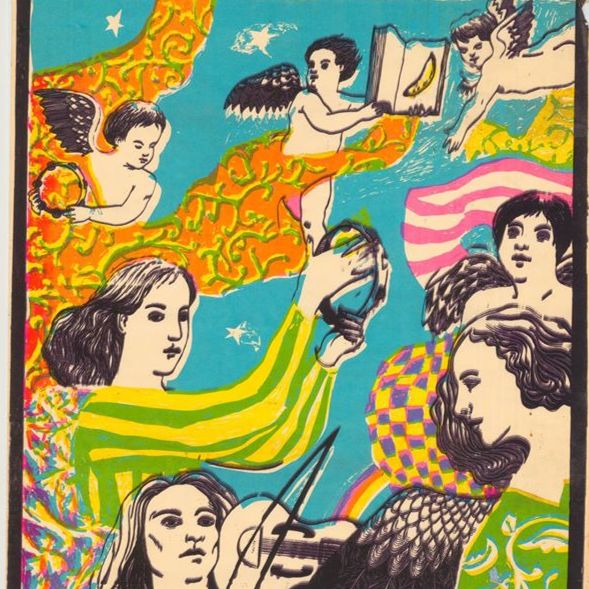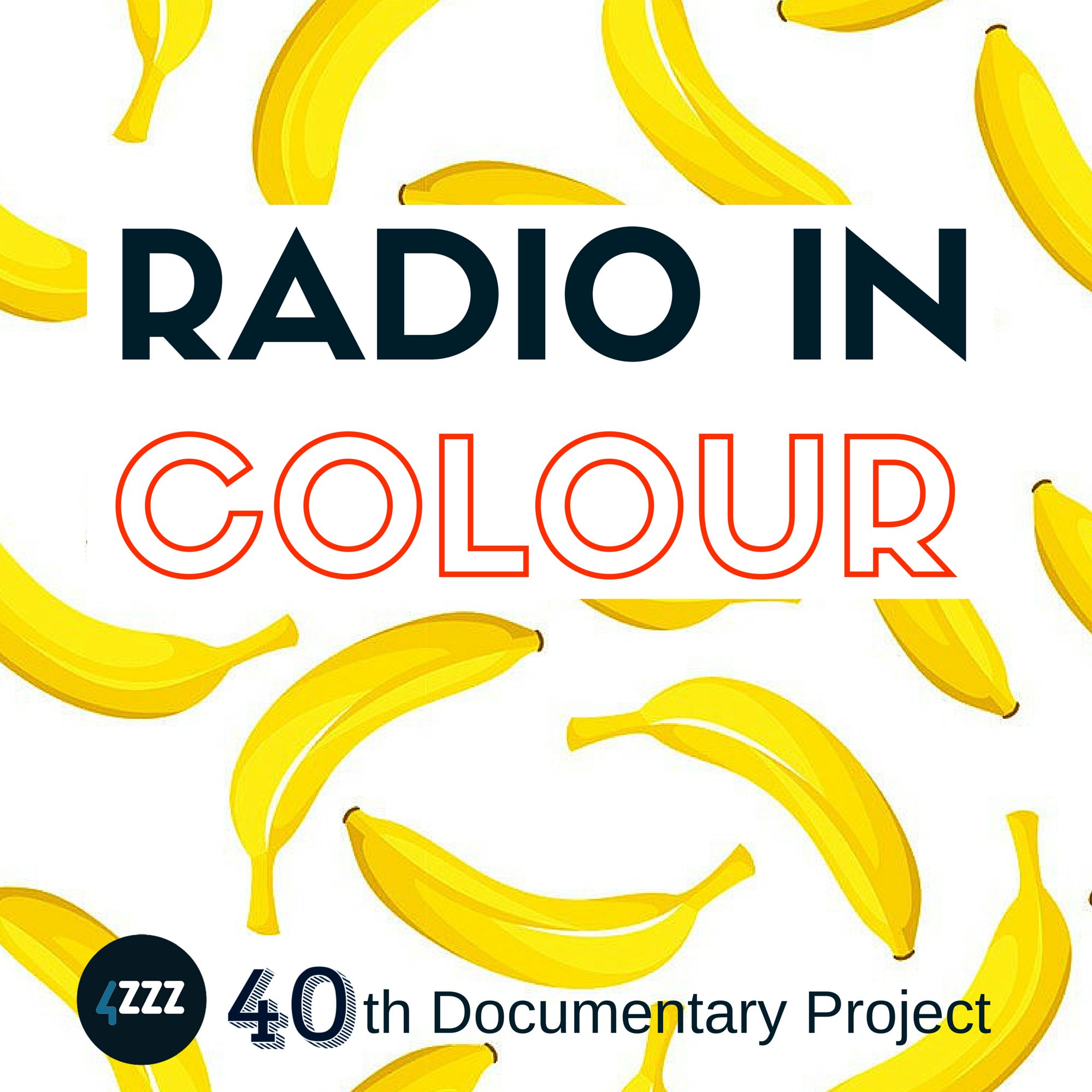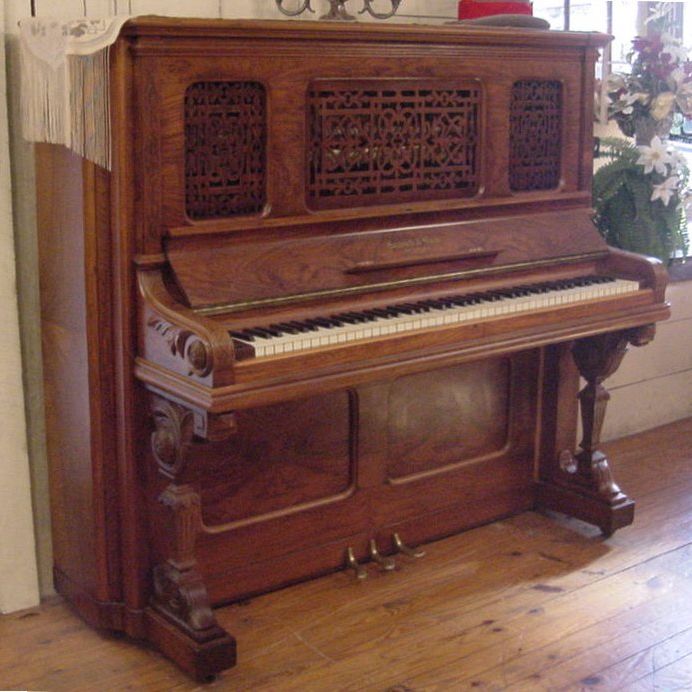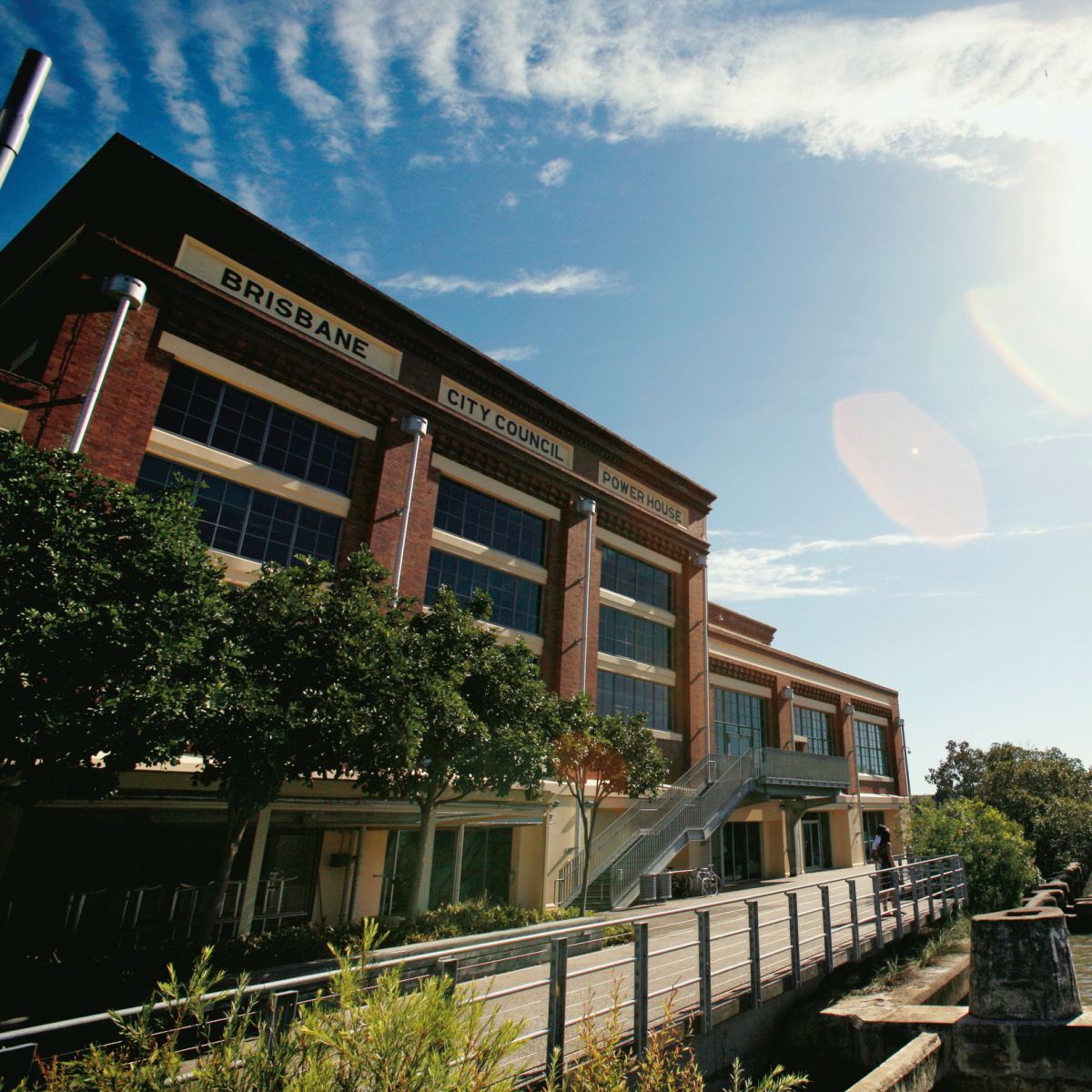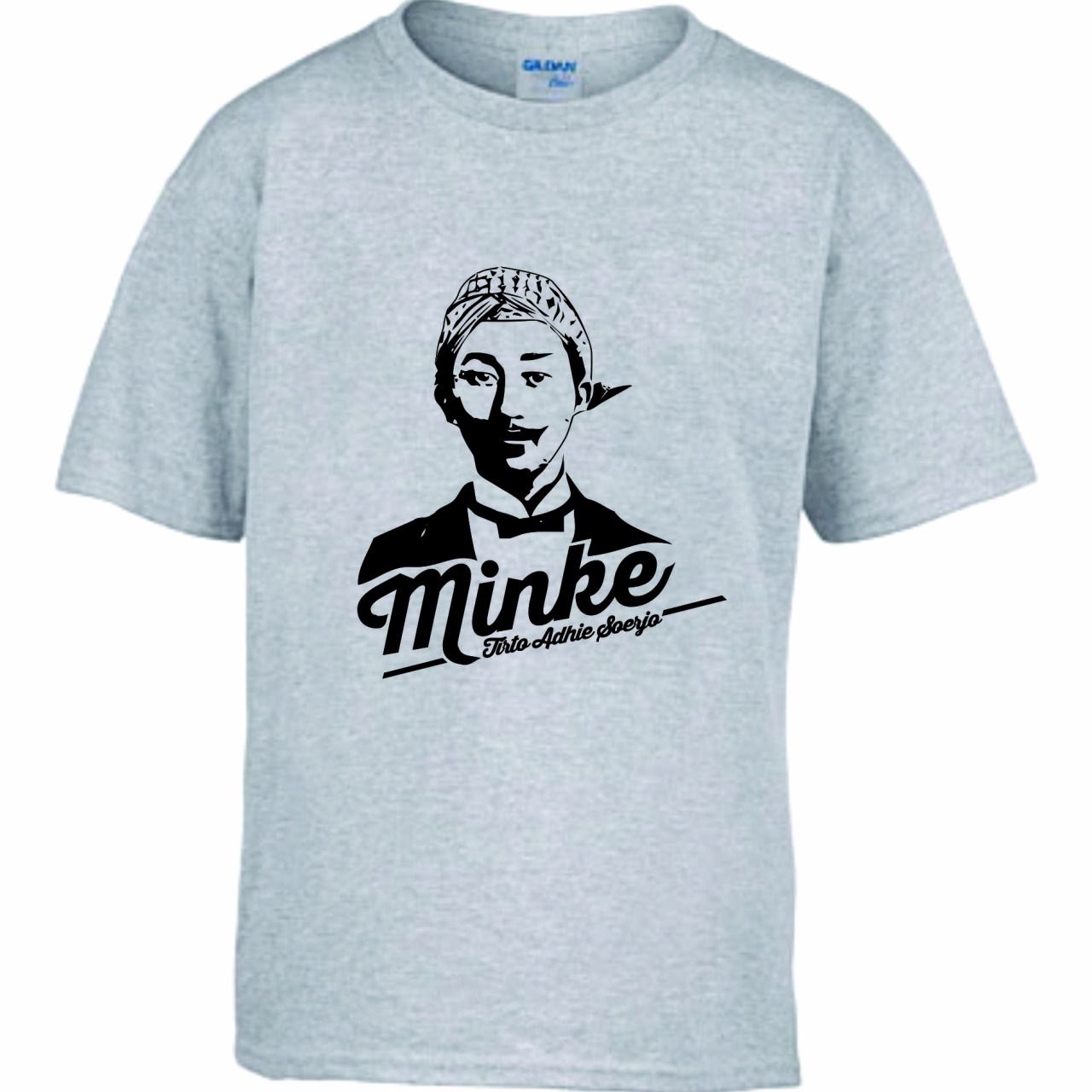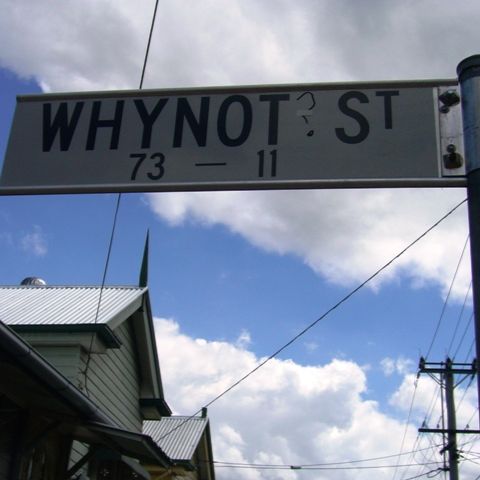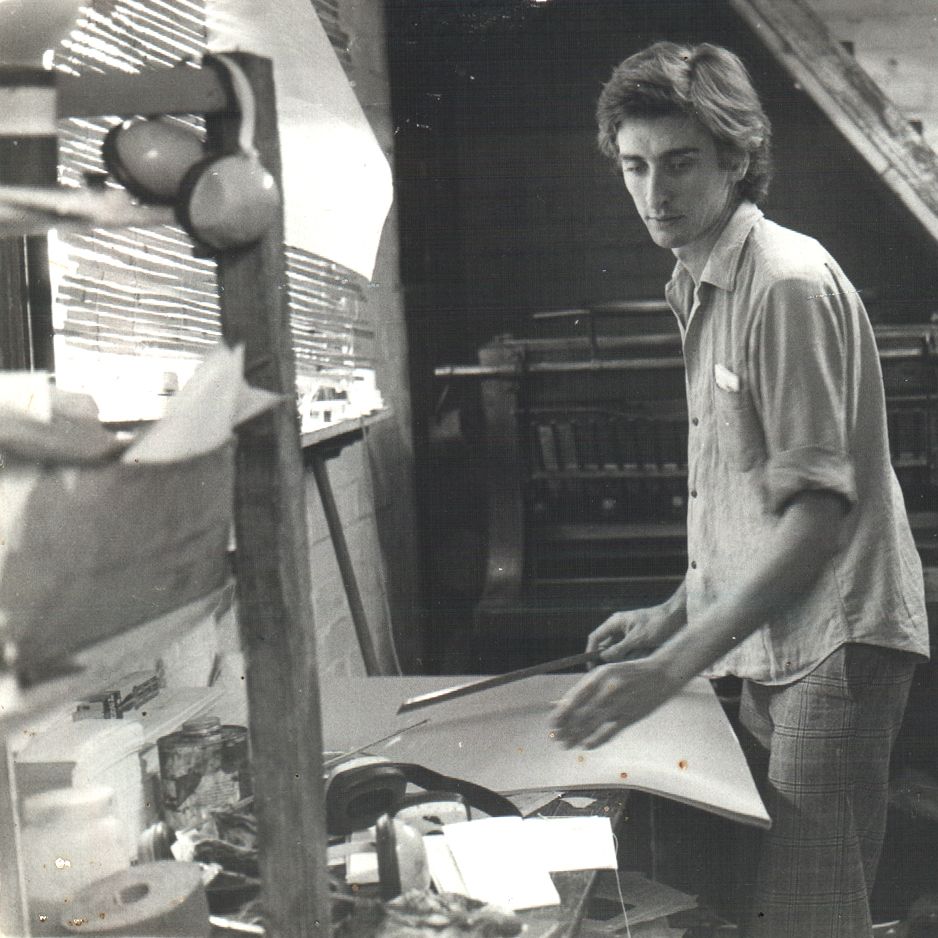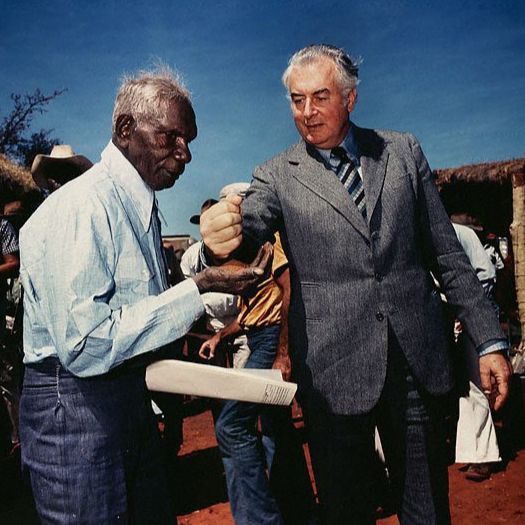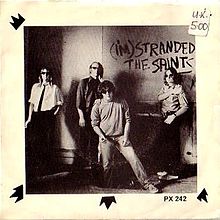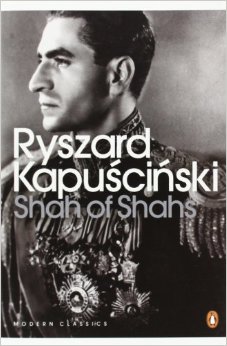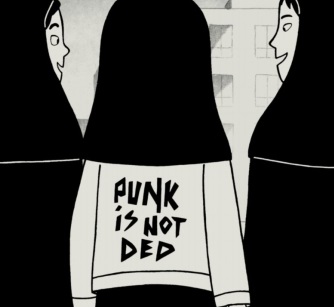Discover Radio in Colour
Radio in Colour
Radio in Colour
Author: 4ZZZ Radio in Colour
Subscribed: 1Played: 9Subscribe
Share
© All rights reserved
Description
A radio history of the world, of Australia, and Brisbane in the last 40 years told through interviews, archival recordings, music and the arts. Made by a team of producers from 15 countries around the world in Brisbane, Australia.
This project is a partnership between Brisbane community radio 4ZZZ and local ethnic community broadcaster 4EB, as well as the State Library of Queensland and the Multicultural Development Association, to mark the 40th anniversary of radio 4ZZZ. It is delivered with support from a Community Broadcasting Foundation special project grant.
This project is a partnership between Brisbane community radio 4ZZZ and local ethnic community broadcaster 4EB, as well as the State Library of Queensland and the Multicultural Development Association, to mark the 40th anniversary of radio 4ZZZ. It is delivered with support from a Community Broadcasting Foundation special project grant.
13 Episodes
Reverse
The making of Radio Zid documentary by 4ZZZ Radio in Colour
A conversation with Australian National University historian Humphrey McQueen. Recorded at the National Library of Australia, Canberra, October 2015.
Interview with Dr Jon Piccini and Dr Ana Stevenson from The University of Queensland History Department, about Germaine Greer's The Female Eunuch (1970), and the acquisition of her archives by The University of Melbourne Archives.
More information about the papers and The Female Eunuch, see:
https://theconversation.com/why-germaine-greers-life-in-letters-is-one-for-the-archives-19625
https://theconversation.com/friday-essay-how-shakespeare-helped-shape-germaine-greers-feminist-masterpiece-59880
Radio in Colour has been nominated for a national community radio award!
Here's a sampler of some of our best stories about the late 1980s, from illegal casinos in Brisbane to the story of the international students who learnt to call Australia home after the Tiananmen massacre of 1989, to the experiences of a Muslim woman growing up in Queensland under Joh Bjelke Petersen.
Featuring interviews with Historian Frank Bongiorno, former Senator for Queensland Andrew Bartlett, and a conversation with the premier about building a space station in Cape York.
Also included: Kev Carmody and Paul Kelly's song 'From Little Things Big Things Grow' is based on a true story, and how the collapse of the Soviet Union made it possible for 4ZZZ to buy its studios in Brisbane's Fortitude Valley for a song.
Music composer Robert Davidson reads 'Pianists', Chapter 9 from Humphrey McQueens's A New Britannia: An Argument Concerning the Social Origins of Australian Radicalism and Nationalism. Penguin Books Australia, 1986.
Here is a true story about abandoned squatter’s paradise turned arts venue, told by many voices, including the architect responsible for the design that gave the Brisbane Powerhouse a new lease on life in 2000.
While commercially barren, the apparently derelict building provided shelter for the homeless, was a site for target practice for the army and a location for filmmakers and, as a precursor of its future a canvas for graffiti artists and a stage for underground art happenings. Surviving two decades of neglect and a partially completed demolition project, the building was reacquired by Brisbane City Council in 1989. A significant example of industrial design of the art deco period, the power station was identified as culturally significant and the concept of a new incarnation as a centre for the arts was born.”
Featuring a new interview with architect Peter Roy, alongside clips from the audio guide developed for the Powerhouse by David Pickvance, and used by permission.
For a video of the 1994 Trance Plant arts performance described in this piece, see:
https://www.youtube.com/watch?v=unxx7NOfMss
Banned books from Balashikha to Ballarat in this story about the creative power of the artist least likely: the censor.
Smutty books confiscated by Australian customs, novels told as stories in Indonesian jails, and how Australia’s support for Indonesia’s strongman governments of decades turned the business of literary translation into a surprisingly risky endeavour for Max Lane, translator of Pramoedya Ananta Toer's Buru Novels.
You'll also learn about Iran's fatwa against Salman Rushdie, who would eventually be read in the Islamic Republic of Iran as samizdats, a type of dissident activity created in the Soviet bloc in which individuals reproduced censored and underground publications by hand and passed the documents from reader to reader. This grassroots practice to evade official Soviet censorship was fraught with danger, as harsh punishments were meted out to people caught possessing or copying censored materials.
Image: Minke is the main character and narrator of This Earth of Mankind and two of the four novels in Pramoedya's Buru Quartet. Minka is a Javanese boy who is fortunate to attend an elite Dutch school because he is a descendant of Javanese royalty. Minke faces a complex and dangerous world when he meets Nyai Ontosoroh, a concubine of a Dutch man.
In This Earth of Mankind, Pramoedya portrayed the unjust life of the Indonesian people during the Dutch colonization period when social status was governed by the amount of European blood running through their veins. Pramoedya characterized Minke as an outspoken person, who refuses this hierarchical society by becoming a writer instead of a speech-maker, which bears a resemblance to Pramoedya's life who was jailed for carrying anti-Dutch documents.
The Indonesian Attorney General banned This Earth of Mankind in 1981. Many copies of the first editions survived and circulated, along with editions published in Malaysia. It was returned to print in Indonesia in 2005 by the publisher Lentera Depantara, after it had already appeared worldwide in 33 languages.
Whynot street is a short street in the Brisbane suburb of West End. Former resident and poetry reader Bronwen Levy discusses the history of the street, and reads a poem Oodegeoo Noonuccal (Kath Walker) wrote about it.
Whynot Street
Officiously they hawked about
‘Petition’ to keep abos out,
And slavishly, without a peep,
The feeble yes-men signed like sheep.
And are we still the ousted, then,
And dare you speak for decent men?
This site was ours, you may recall,
Ages before you came at all.
‘No abos here!’ Why not, Whynot?
And if black-balling and boycott,
First black-ball pride and arrogance
Boycott this vile intolerance
Source: Kath Walker, “My People” (Milton, Jacaranda, 1970), p 16
http://www.streetwalkersguidetowestend.com/uploads/1/3/2/0/13201772/walk_no_one_review_final_pub.pdf
Young men at work. Print culture, music posters and sedition in the sheds of 1970s Brisbane.
In this story about printers and apprentices, we look at non-traditional work that men do in sheds. We talk about the far-from genteel trade of printing in the 1970s, when desktop publishing was yet to be available to everyone.
First we hear from Tony Kneipp, who in the 1970s designed and hand-printed many thousands of music posters. Tony is an anarchist, musician, poet, dissident type. His song Pig City is the real soundtrack to life under Joh.
Cane Toad times was another independent Brisbane publication that stuck it up to the government. We hear from Anne Jones, an editor, writer and organiser of Cane Toad Times during the magazine's second phase.
Matt Deasy runs No. 7 Print house from the ground floor of his Queenslander in the northern Brisbane suburb of Windsor. No.7 printhouse is a screen printing and design business. They do a lot of printing on fabric (band shirts, tote bags) as well as poster printing for music gigs.
Unlike the Cane toad times crew, for Matt computers were not a novelty.
The song ‘from little things big things grow’ was written and recorded in 1993 by Paul Kelly and Kev Carmody. It narrates the historical events of the land rights dispute between Vincent Lingiari and Lord Vesty, which led to a nation-wide campaign for Indigenous land rights.
In this story, DJ Cheeky Fufu speaks with Mr Boe Spearim about how he came to know the story behind the song, and about sand as a symbol of reconciliation in Sudan.
Radio in Colour is a special documentary series to celebrate 40 years of Brisbane community broadcasting. It is a partnership between radios 4ZZZ and 4EB, delivered with support from the Community Broadcasting Foundation and the Multicultural Development Association of Queensland.
A history of Brisbane punk, as told by a local. Alex from Gunk band and Slubberdegullion magazine has a knack for DIY fun, In this especially commissioned piece for the station's 40th anniversary, she goes through 40 years of punk in 10 minutes.
Alex is also the host of the Slubberdegullion show on 4ZZZ, which is broadcast live 9-10 Thursdays mornings.
Why was Ghulam the monument wrecker so busy back in 1979?
In an interview with Iranian scholar, translator and musician Mohsen Soldhoost, we learn why the guy who pulled down the monuments to the Shah of Iran had so much business to take care of. Featuring a new recording of an interview first published in a Tehran newspaper just after the Islamic Revolution, and reproduced in this classic piece of reportage by Polish journalist Ryszard Kapuscinski.
Persepolis is an autobiographical graphic novel by Marjane Satrapi depicting her childhood up to her early adult years in Iran during and after the Islamic revolution. The title is a reference to the ancient capital of the Persian Empire, Persepolis. Newsweek ranked the book #5 on its list of the ten best fiction books of the decade. Originally published in French, it has been translated into several languages including English.



